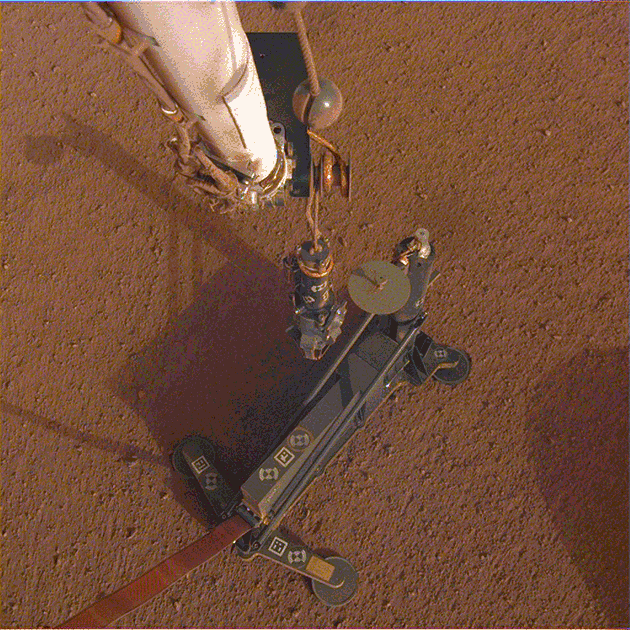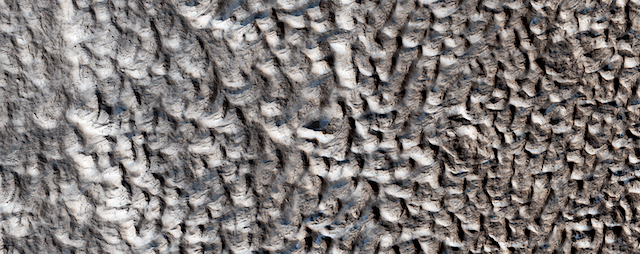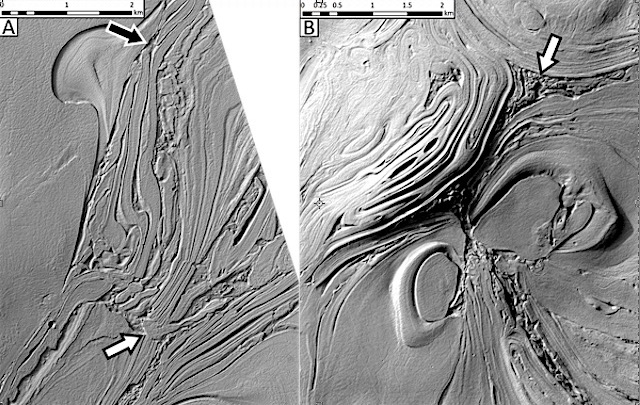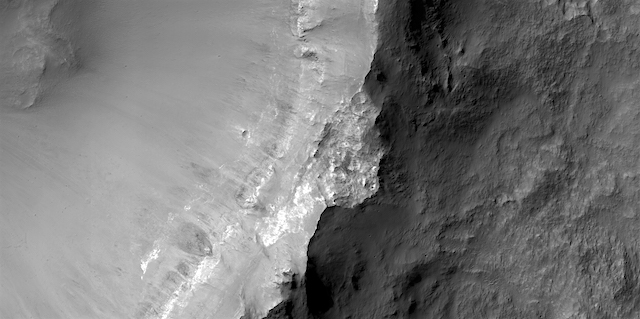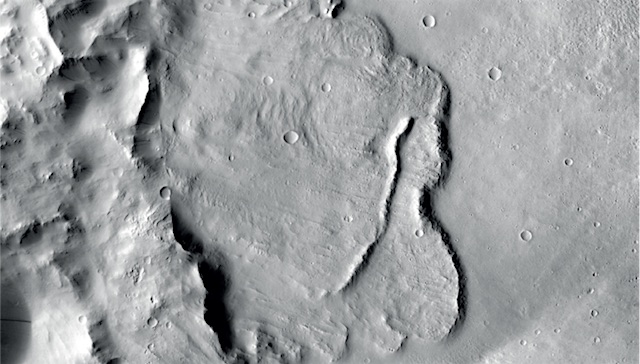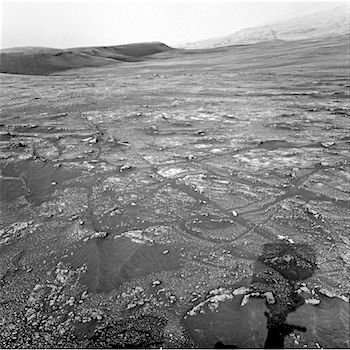 Sol 2338, March 4, 2019, update by MSL scientist Rachel Kronyak: Today we planned Sol 2338 chock full of science activities to finish up our observations at the “Midland Valley” outcrop. We’ll primarily use our Mastcam and ChemCam instruments to take a closer look at some interesting rock targets in our workspace.
Sol 2338, March 4, 2019, update by MSL scientist Rachel Kronyak: Today we planned Sol 2338 chock full of science activities to finish up our observations at the “Midland Valley” outcrop. We’ll primarily use our Mastcam and ChemCam instruments to take a closer look at some interesting rock targets in our workspace.
We’ll kick off our block of science activities on Sol 2338 with a Mastcam mosaic looking ahead of the rover, where the team identified an interesting area of fractured bedrock, pictured in the Navcam image above; we named this target area “Longhope.” After that, we’ll use the ChemCam laser to analyze rock targets “Miller” and “Cuttyhill.” We’ll then take multispectral Mastcam images of targets Cuttyhill and another interesting rock named “Leslie.” After our science observations, we’ll hit the dusty trail and drive… [More at link]










